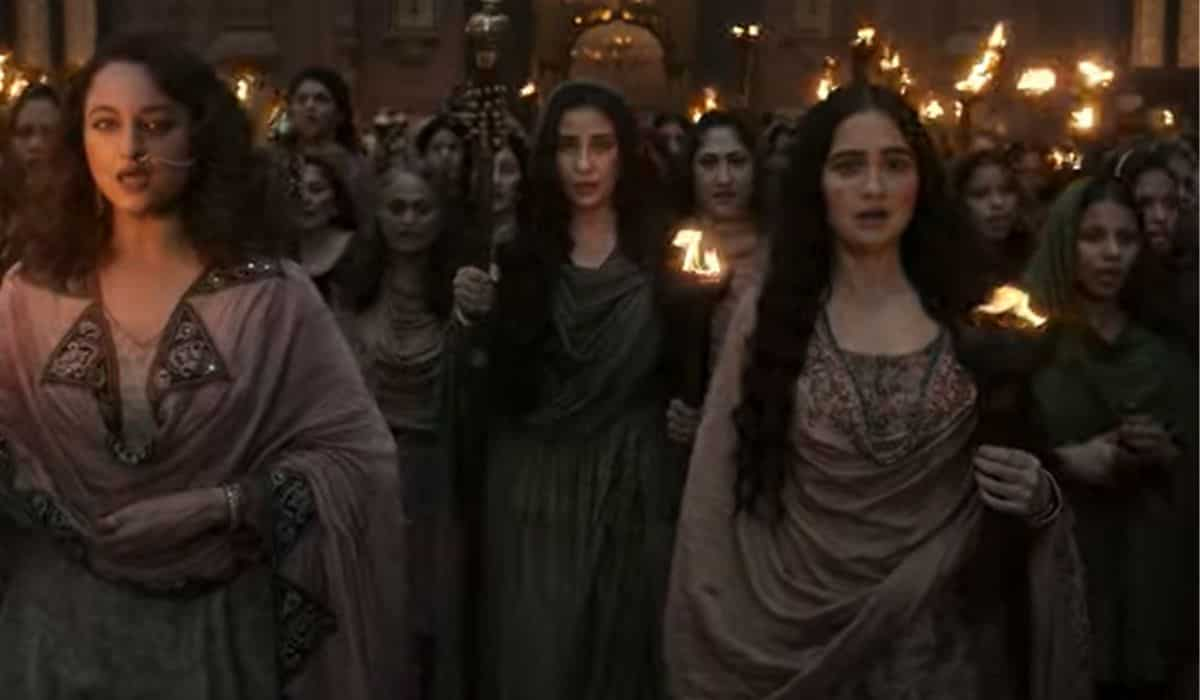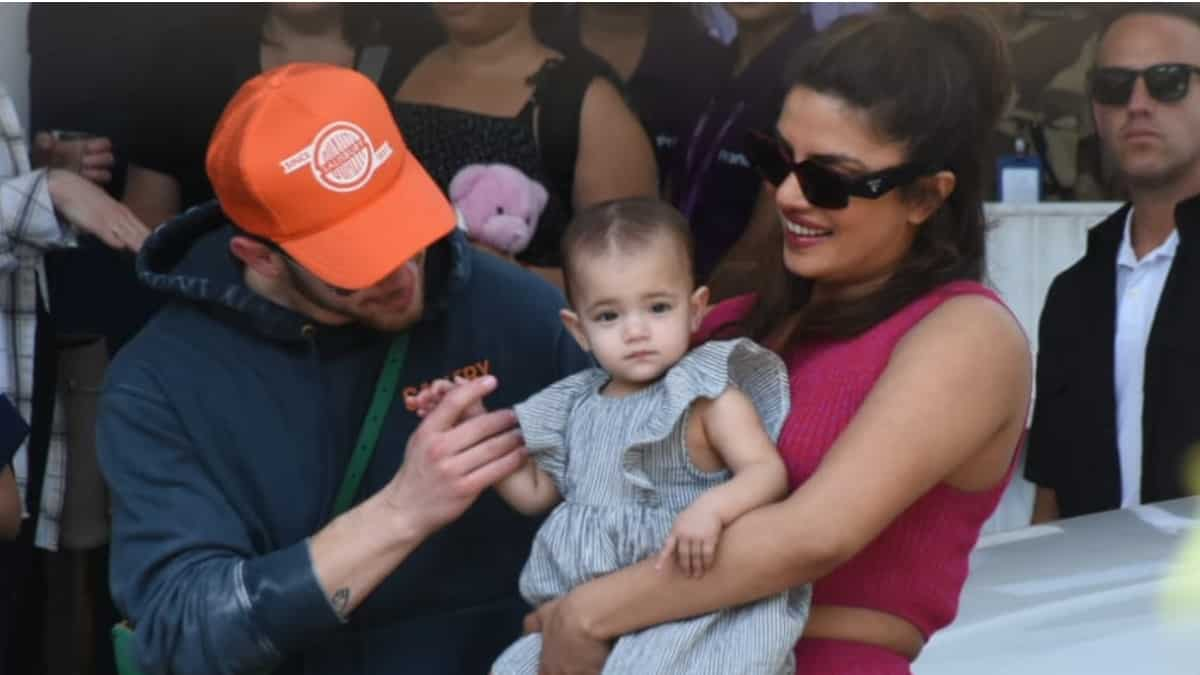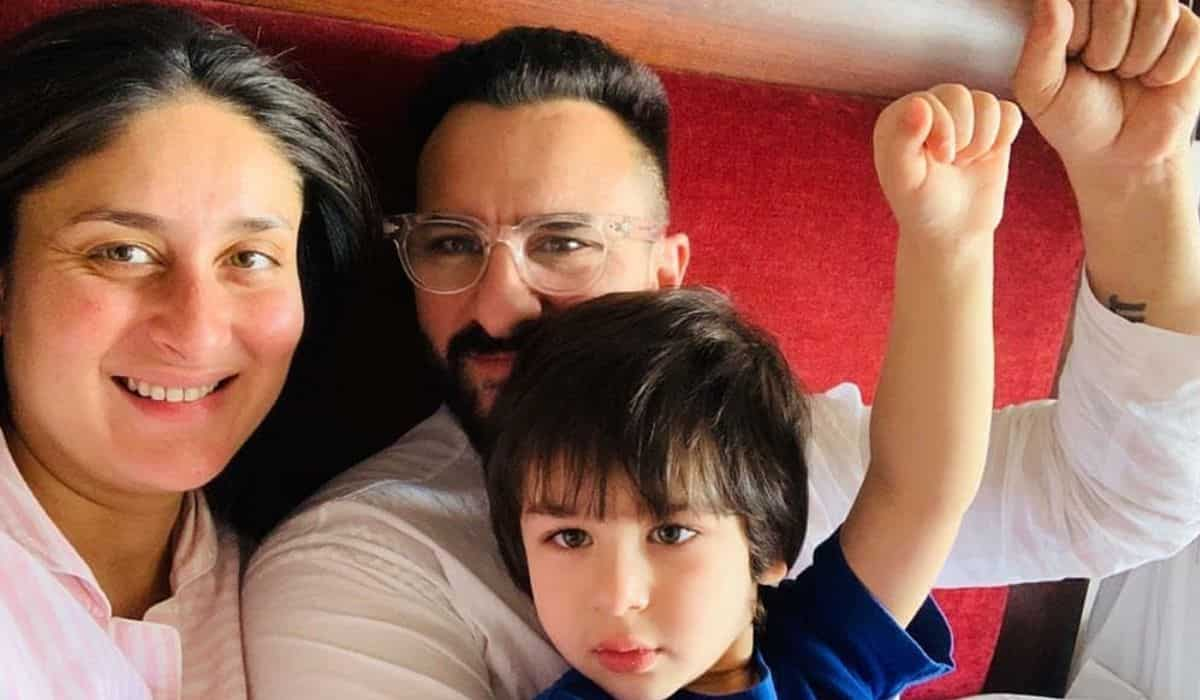
In shooting, trials by fire for India's Paris hopefuls
12 days ago | 5 Views
On the opening day of the first of two training camps leading into shooting’s Olympic Selection Trials (OST), national rifle coach Suma Shirur noticed something slightly divergent in the body language of shooters who had assembled in Bhopal. Indian shooters are accustomed to checking into national camps regularly, especially ahead of major competitions. This time, though, Shirur figured they were “a little bit on the edge”.
“Each one had their own set of questions: Should they prepare specially for an event like this (OST)? Or take it like just another day? Should the preparation be different? Or treat this like any other competition?” Shirur said. “From then to the time we finished in Delhi, I can see a good shift in terms of having that clarity.”
The concept of trials isn’t novel in Indian shooting. The OST, a near month-long exercise spread across four sets of trials in New Delhi and Bhopal starting this week to firm up India’s representation in rifle and pistol events at the Paris Olympics, though is a first of its kind. Indian shooters have pocketed all quotas on offer in rifle and pistol — among the record 20 overall — and five shooters in each event will vie for Paris spots through a scoring system that will factor in a shooter's best three scores from the trials (quota winners get bonus points).
As shooters line up on the lanes seeking high quality scores amid stiff competition in these trials that will require them to peak a couple of months before the real deal, the daunting fact that their Olympic spot is on the line would quietly linger.
“They have to reach their peak twice. They cannot take a chance. In rifle especially, there's so much competition and great bench strength,” Deepali Deshpande, the former rifle shooter turned coach who has six of her trainees in these trials, said. “They cannot take it easy, and they know that.”
Right approach, planning
The approach to these high-pressure trials, therefore, becomes crucial. The anxiety of making the Olympics team, especially for the younger crop of shooters, can be just as unnerving as excelling there. Shirur felt undercurrents of those nerves in the camp. The national coaching and high performance team tried to address that through routine discussions with shooters, interactive sessions with the likes of Abhinav Bindra and other Olympians, adding a layer of fun to the routine — pasting a leisurely game of snake and ladder on the white board for shooters to aim at, for example — and reiterating the attitude to be taken into the trials.
“These camps were especially to prepare the shooters to develop strategies in handling what's coming," Suma Shirur, who made the 10m air rifle final at the 2004 Games, said. “The trials are an important stepping stone towards the main aim, the Olympics. So the preparation for the trials and the Olympics have common themes: keeping a mindset of growth, the ability to stay in the moment and developing ways to do that. It’s easier said than done, but this is the path they have to walk steering through the trials.”
For Deshpande, the 2004 Olympian who trains quota winners Swapnil Kusale, Akhil Sheoran, Shriyanka Sadangi, Sift Kaur Samra, Arjun Babuta apart from Anjum Moudgil, the key to the right approach to trails lay in the planning. It involved using all events in 2023, including the Asian Games and World Championships, for “confidence building” and ensuring quotas had been secured till year end.
“By February, they had to be ready, technically and equipment wise. And then deliver in April-May,” Deshpande said. “You treat the trials as dress rehearsal for the Olympics. They will be under pressure, because their participation is at stake. But given their preparation, they are confident.”
Two of her trainees, Shriyanka and Babuta, have been through the disappointment of trials while missing out on the Hangzhou Asian Games. Deshpande however believes the two, richer by experience, skill and quotas since, will carry no baggage from that into the OST.
Peaking twice
Still, can the trials, especially of the Olympic kind, carry the risk of shooters laying almost too much emphasis on it, to the point that it may have a hangover effect on the real deal to follow? "Could be," Deshpande said. “But I told my shooters that we're selecting the team to win a medal at the Olympics, so two months before you should be ready for that level of performance.”
And be ready two months later too. The shooters who eventually make the cut would have to peak twice in around three months in the final stages of the periodization cycle for the Olympics. The answer to that challenge, and partly also to the question above, is a downtime phase immediately after the trials.
“Between two high-pressure performances, there has to be a decent break for recovery. After these trials, shooters will need to take a good break, get back to the basics, and then again climb towards peaking in Paris," Deshpande said.
Shooters are used to competing in multiple World Cups within three months, so peaking twice in this phase is “doable”, said Shirur. That shooting — unlike sports like wrestling and weightlifting — doesn’t require physical peaks means the focus will entirely be on mental peaking, which would be very individual-specific.
“In our post-trials plans, we will ensure that everyone has enough rest and recovery period before redirecting their energies into the Olympics. That’s going to be a challenge, but we are prepared,” Shirur said. “The goal is to get every selected shooter well rested and hungry to perform at the Olympics.”

















